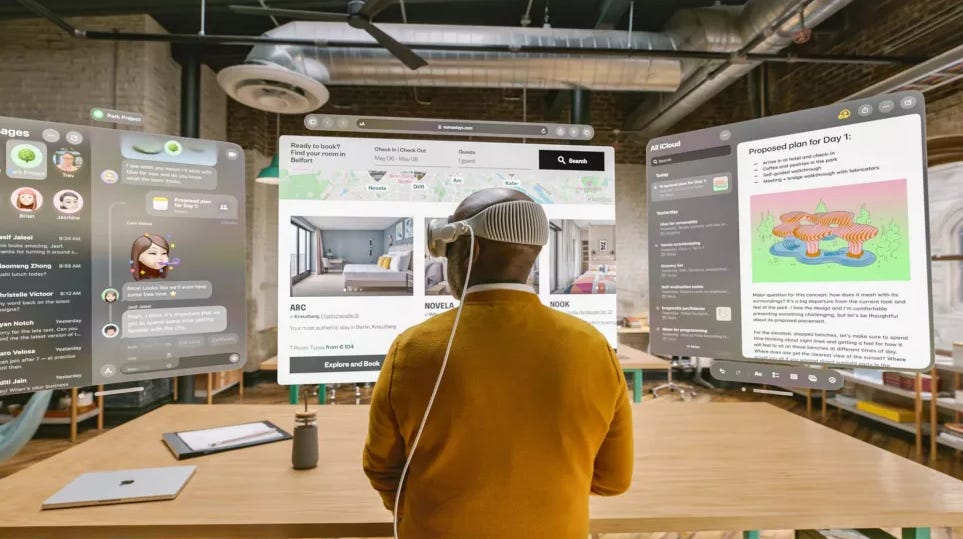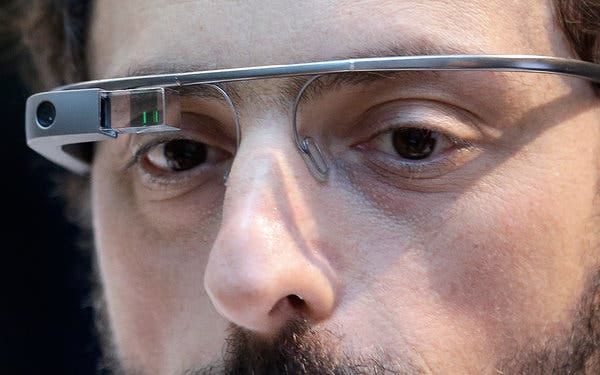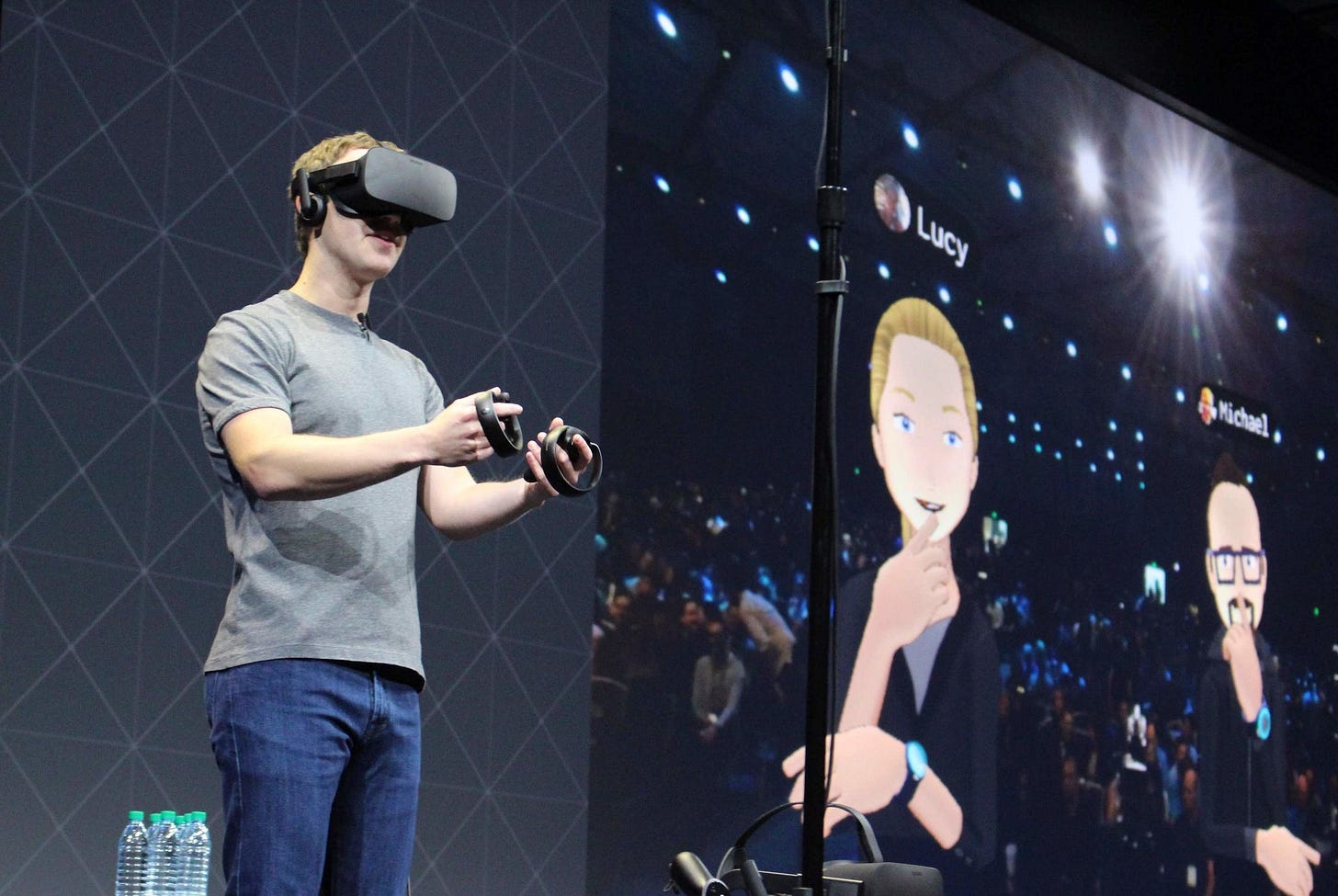Long Take: Strategic analysis of Apple's mixed reality launch and impact on Fintech & Web3
An AI digital twin avatar is the hidden surprise
Gm Fintech Architects —
Today we are diving into the following topics:
Summary: Apple's recent venture into the mixed reality space with its Vision Pro headset presents an intriguing challenge to its competitors in the tech world. Unlike previous attempts at such technology, like Google Glass, Apple is relying on its well-established brand and a distinct focus on design and technology to break new ground. The device's sophisticated features, such as high-resolution display, capability to record videos, and innovative face scanning technology, represent a significant evolution in VR technology. We look at the strategic implications in big tech, and then dive into the financial and economic elements — like payments and marketplaces — that have consequences for the Fintech and Web3 industries.
Topics: Apple, Google, Snap, Meta, metaverse, payments, banking, NFTs, big tech, Gazecoin, identity
If you got value from this article, let us know your thoughts! And to recommend new topics and companies for coverage, leave a note below.
Long Take
Apple’s Market Entry
Apple has entered the mixed reality market with the release of its Vision Pro headset. How should we think about their strategy, the track record in the market, and the role finance plays in such digital environments? Is it possible that the world’s most valuable technology company has made a mistake?
Some companies, like Google, are known for performing lots of public experiments and failing at many of them. Who remembers Google Wave or Google Plus or Google Glass?
The failure of these projects is a feature, not an accident. When you have a dominant product throwing off cashflow, the next move is to search for the following platform shift. A labs entity of some sort can create a number of these experiments, and then deploy them against existing markets to test whether demand can be summoned. You can think of this as buying a basket of way-out-of-the-money science fiction options.
The options will most likely be attached to your existing mission, which is the very reason you have cashflow in the first place. To that end, Google’s goal of organizing the world’s information through an augmented reality (“AR”) overlay displayed in Google glass was a consistent bet with its DNA. But it did not fit user needs.
Sometimes you have a good sense of the psychographic profile of your customer, and are connected to their underlying desires. For example, Snap thought that people wanted to be constantly sharing their cool experiences and social status— a bet that was consistent with their mission of video-based social media. Spectacles, the company’s attempt at a headset, prioritized video recording as its value proposition. Adding AR to the device capitalized on the mobile filters developed to augment how people are perceived by each other in the race for attention.
Still, we don’t really see that many dorks in techno glasses on the streets. Don’t get us wrong — we say dorks affectionately, being such as well. And let’s not forget the King of All Dorks, who paid $2 billion for the privilege of buying Oculus and showing up to conferences looking like this.
Long Take: Why Facebook is domain squatting on the Metaverse
Gm Fintech Architects — Today we are diving into the following topics: Summary: We discuss the Facebook pivot into the metaverse and its rebrand into Meta. Our analysis touches on the competitive pressures faced by the company from big tech players, other ecosystem builders, and limits to growth for a $1 trillion business that likely motivated this refocus. We further dive into network effects around platforms, and why super apps and financial features are attractive, and how owning the hardware is a required defensive strategy. Lastly, we discuss these development through the crypto and Web3 lens, deeply disappointed with Facebook trying to domain park a generational opportunity with a centralized solution.
Facebook’s desire to make us all digital friends pushes their headset strategy towards social profiles and connection, and in particular into connection through gaming. At the least this is a real market — one that supports the investment into VR applications that consumers want to buy. But given the limitations of the physical experience, from nausea to headset discomfort, it remains a niche pleasure.
So here we have a market with lots of promise, and limited traction. Shipments of devices have stayed flat at around 10 million for half a decade, and the form factor keeps changing, looking for a literal better fit. Is it hopeless?
Some of you may remember the portable mp3 player before the iPod:
Without this awkward market, we would never have had the touch screen iPod and iPhone that we know today. The question is whether Apple is able to create a platform of “spatial computing” as they call it. Apple’s mission is organized around their combination of operating systems and premium hardware devices, populated by the world best app ecosystem. This is a different play from those of Google, Snap, and Meta.
However, this is also the first notable platform that Apple is trying to push in its post-Steve Jobs incarnation. Do they know the future as well as they used to?
Standing Out
We see several interesting advantages in Vision Pro.
The first is the hardware advantage. Unlike the other tech companies, Apple is superior at controlling its value chain vertically, and prioritizing the design of the device. These things are not mobile phones strapped to your face in a cardboard box, but computers with dedicated chips and various technological breakthroughs.










